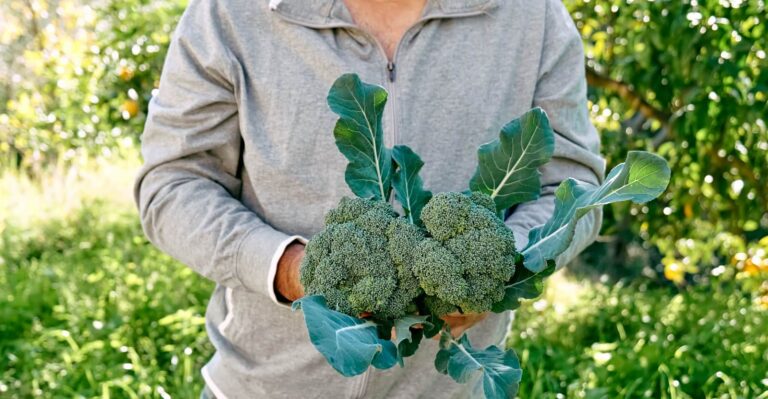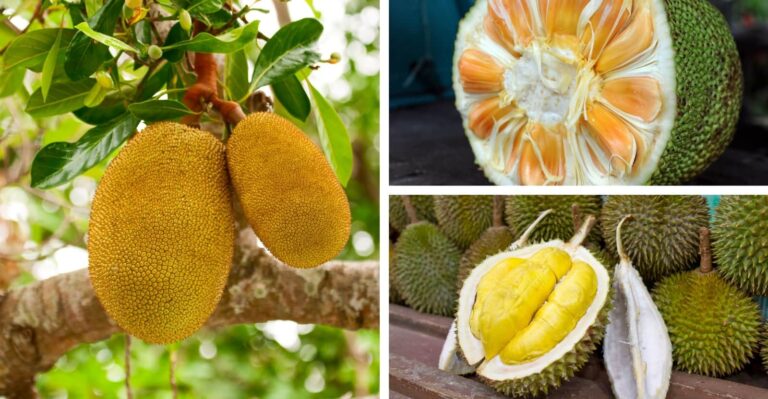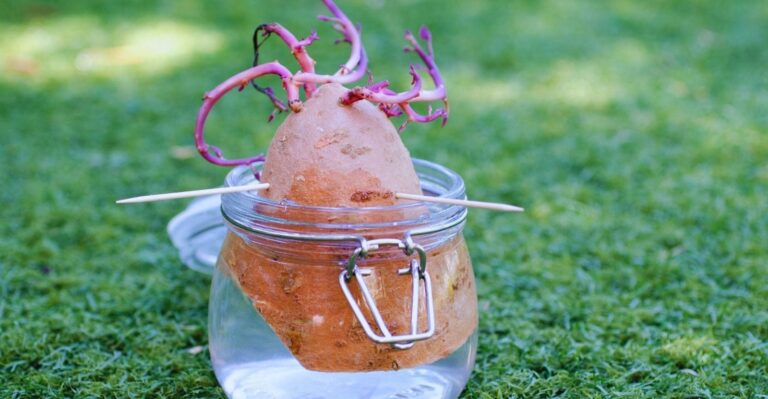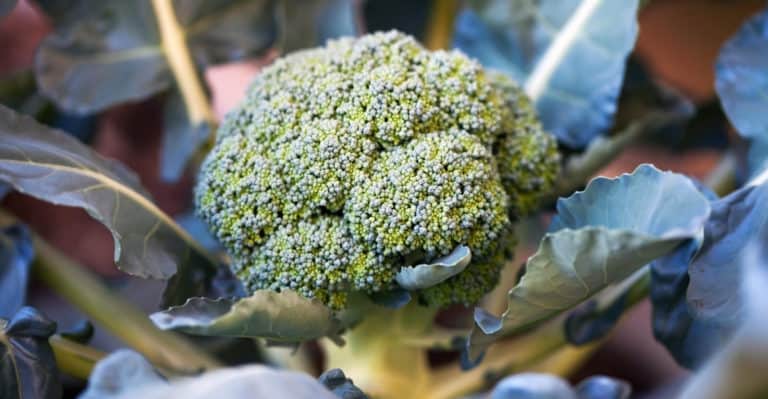Amazon has put together some great Home Gift Deals – save money and get your shopping done at the comfort of your home! Click here to see deals on Amazon
Aloe vera is a succulent that grows best in hot, dry climates. It’s a very popular houseplant that is grown for its healing properties. The aloes are native to Africa, but they’ve grown throughout the world in gardens and window sills.
You can easily grow it indoors and outdoors. From the following article, you’ll learn the proper ways for the aloe vera plant care.
What does the aloe vera plant look like?
Aloe Vera is a genus of flowering plants with fleshy leaves in the genus Aloe. It contains more than 300 species native to tropical and subtropical regions of Africa, Madagascar, India, Australia, Indonesia, Mexico, and South America.
Aloe barbadensis miller species is the most commonly grown. The succulent leaves contain a thick watery gel that has several medicinal properties.
The genus is also known by the common name aloe, aloe vera, and sap aloe. Aloe Vera is a short-stemmed plant with thick and juicy green leaves that fan out from the center of the plant. At the edges of leaves, it has multiple small serrated teeth.
Although it takes some effort, the aloe vera blooms vibrant beautiful flowers. These red and yellow flowers grow at the top of the plant. Here are some popular varieties of Aloe Vera.
- Aloe ciliaris: This is a climbing aloe with an upward shooting stem. It blooms a bright orange flower at the end of the fall. The blooms are very short-lived in cooler regions.
- Aloe striata: This is also known as Coral Aloe. It has very colorful leaves and a single solid branch stem. It can survive in hot and dry climates and helps clean the indoor air. A fully mature plant can reach up to 2 feet tall and 1 feet wide.
- Aloe aristata: This is also known as Lace Aloe, and it’s a clump-forming succulent with deep green aloe leaf and large orange flowers. It makes a great addition to any flower garden as the Aloe flower attracts all kinds of pollinators. The roots of Lace aloe are used for medicinal and cosmetic purposes.
- Aloe petricola: This is also known as Stone Aloe, and it grows up to 2 feet tall and 3 feet wide. It has narrow-tipped long and broad blue-green leaves that are slightly turned inwards, giving the aloe a round shape. It helps in treating cuts and burns to the skin.
- Aloe ferox: This is known by several other names such as Cape aloe, Tap aloe, Kapaloe, etc. It’s very hardy and grows well in a wide range of locations and climates. It tastes slightly bitter but has very medicinal and cosmetic properties.
- Aloe brevifolia: Also known as Shortleaf aloe, and has several healing properties. For example, the juice from the leaves has been known to reduce fever, treat sore throats, and cure skin infections. The leaves and stems of the plant can also be used as food.
- Aloe variegata: It’s been very popular in the past with home gardeners and is also known as Aloe dorado, Aloe denudata, and Aloe dolichotricha. The plant has short, smooth leaves with white stripes on them.
Here are some of the benefits of using aloe gel:
- Aloe vera gel heals sunburn
- Reduces Diaper rash
- Weight loss aloe vera juice
- Muscle pain relieve
- Anti-fungal
- Control cholesterol
- Boost immunity
- Anti-aging aloe vera cream
- Anti-bacterial
- Heals minor burns
- Fight acne
- Improves oral health
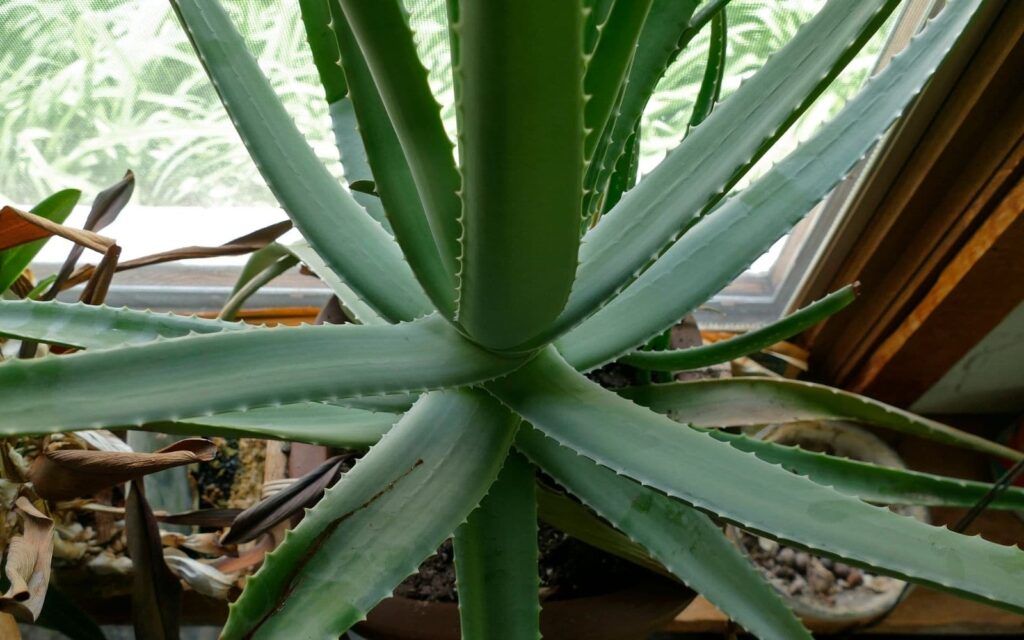
How big do aloe plants get?
It takes anywhere from 3 to 4 years for the Aloe plant to mature. Depending on the species, aloe plants can grow up to 3 feet tall, and the width is usually around 5 feet. Each aloe plant can contain up to 22 to 25 leaves.
The growth rate of aloe plants varies depending on whether planted indoor or outdoor. When growing an indoor plant, place the aloe vera plant at a location where it can get bright indirect sunlight.
For most houses, it means placing it near the east or south-facing windows. If you live in a hot area, put it where there is some shade to receive indirect light.
Aloe vera grows best in the warm areas of USDA zones 9 to 10. You can grow it in a planter and place it on a patio or porch. You don’t need to worry about frost in these zones but if you live in a cold climate, bring it inside when the outdoor temperature goes below 50°F (10°C).
How to care for aloe plants?
Aloe vera is easily grown in the home, greenhouse, or outdoors and is easy to care for. It’s a perennial plant that grows into an evergreen bush and requires very little maintenance. It belongs to the same family as the cactus, specifically the family of the cacti.
Let’s find out the best ways to care for this medicinal plant.
What is the best soil for aloe vera?
All aloe vera plants are succulent, and their soil should have proper drainage. They thrive in sandy soil with a pH of 7–8.5, and they don’t do well in soil with a pH above 9.
The easiest way to grow aloe vera is to plant them in a cactus or succulent suitable potting mix (Amazon link). These soils are amended with extra perlite, coconut choir, compost, and sand to improve the water drainage while retaining moisture in the ground. Know that Aloe plants don’t like standing water.
If you can’t find the cactus mix or succulent soil, you can make your own. You can do this by adding perlite, pumice, lava rock, and coconut coirs into a regular potting soil to bring its composition to 25%. It helps with the aeration and improves the drainage.
When growing it as a potted plant, a terracotta pot with plenty of drainage holes is recommended (I love this one from Amazon). These pots have tiny pores that let excess moisture dry out and improve the root’s air circulation. A pot with drainage holes at the bottom prevents root rot.
How often to water aloe?
Trying to water an aloe plant is like trying to water a cactus plant. They require very little water as they thrive in dry conditions. When watering an aloe, be careful not to over-water it. It needs to have soil dry up first before you water again. If you keep it too wet, it will rot and die.
Also, you should aim to water aloe plants deeply but infrequently. You can check the soil by inserting your finger inside it, and if it feels moist, you shouldn’t water.
As a guideline, ensure the top one-third of soil is dry before you water it again. For most people, this means water it once every 2–3 weeks in spring and once in the fall and winter months.
Moreover, water it thoroughly to let the excess water drain through the bottom hole in the pot. Wait 10–15 minutes to allow the soil to absorb as much water as possible before pouring any remaining water.
Note:
It’s best to use rainwater or filtered water to irrigate aloe. It helps with plant development as rainwater or filtered water doesn’t contain chlorine or other hard minerals. When in doubt, water it less.
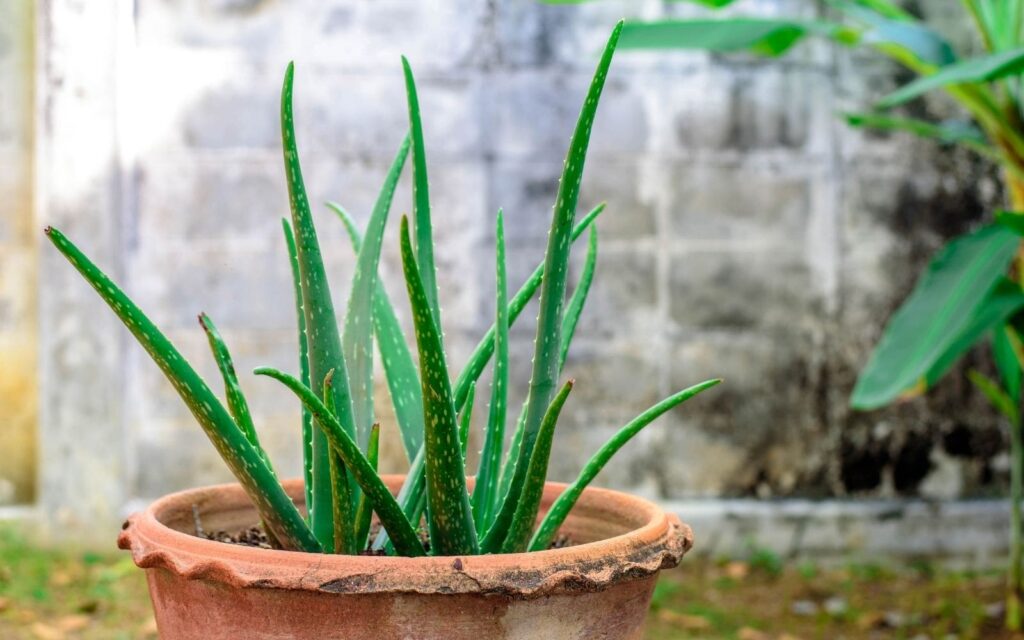
Do aloe plants need sun?
In a natural environment, the aloe vera plant needs full sunlight to thrive. It grows best when the temperature is between 55°F and 80°F (13°C and 27°C). As it’s a warm climate plant, it won’t tolerate frost, and you should bring it inside when the temperature goes below 50°F (10°C).
You should also be wary of keeping it in the direct light as scorching heat may damage leaves. Also, rotating it from time to time allows the equal exposure of light to leaves that help with the growth.
The leaves will start to turn brown when exposed to too much bright light, while inadequate light will cause leaves to become thin and weak.
If for any reason you can’t provide it with natural sunlight, you can use an artificial or grower light (I use this kit from Amazon) to prevent the aloe plants from getting leggy.
Which fertilizer is the best for aloe vera?
Generally, it’s not required to fertilize the aloe vera houseplant, but like most plants, they will benefit when fed once a month during the plant’s growing season.
It means from April to September, provide it with a diluted liquid fertilizer such as EZ Gro 15-30-15 houseplant fertilizer. The best way I found is to mix fertilizer into the water in a ratio of 1:5 during the fast-growing summer.
If you like, you can choose organic fertilizer rather than chemical-based. It helps if you want to use aloe vera for consumption or medicinal use. You can also buy succulent or cactus fertilizer and apply it sparingly during the active season.
Home-made fertilizers such as compost tea bags and organic compost also provide enough nutrients for the plant to grow. Fertilizing also helps with the flowering of aloe vera. You don’t need to fertilize it during the fall or winter as the plant becomes dormant during this period.
Aloe vera plant care indoors
Growing an aloe vera plant indoor is an excellent idea for people who want to have this plant but don’t have enough outdoor space or a suitable growing environment.
When growing aloe vera plants indoors, all you need is a sunny window, a pot, and a little patience. Ensure that you can place it at a location where it gets enough sunlight and water it sparingly.
If you’re hoping to make it bloom, it requires a little more effort as you need to provide it with a conducive environment and fertilize it at the right amount.
Aloe vera plant care outdoor
When planting outdoors, you’ve to provide it with little more care. This involves ensuring the ground prevents water to become stagnant as it may cause root rot. Also, there should be no big obstruction that could prevent it from getting the required sunlight.
You have to prevent the plant from frost so it doesn’t die due to low temperature. It mostly depends on the zone, and if you live in zone 10–12, there is a low risk of frost. But for other zones, it’s better to plant it in a container that you can bring inside if the temperature drops.

How to propagate aloe plants?
You can propagate aloe vera by taking a cutting from the parent plant as they produce plantlets or “pups” that you can remove from the main plant and use for new growth. Alternatively, you can use aloe seeds to grow a new house plant in a succulent potting mix.
The aloe pup is ready to be removed and able to propagate when it becomes 2 to 3 inches tall on the mother plant. You have to remove it gently and be careful not to damage the root.
You can then plant these in a well-drained potting mix soil and wait a couple of days before you start to water it. If you’re growing it outdoor, choose a well-drained soil mix bed and water it lightly. Keep the new plantation in bright, natural light but with no direct exposure to sunlight.
How to replant aloe?
You may choose to replant potted aloe if the container isn’t large enough to accommodate the plant’s growth. Overgrown aloe plant often becomes too heavy to remain stable on a tiny pot. The best time to replant aloe is during the spring and summer, as this time it grows aggressively.
You should avoid repotting during fall or winter as aloe becomes dormant. When you’re ready to replant, choose the right size pot to compensate for future growth. As a general rule, select a container that is three times the size of aloe’s root ball.
A bigger container provides enough space for the roots to grow and expand. Although you can choose plastic or ceramic pots, I recommend that you choose a clay pot with a drainage hole. It can retain moisture longer while allowing excess water to drain away.
If you find soil falling from the bottom, you can place a small screen or a piece of newspaper to provide the support that eventually breaks down after a while.
When you’re ready to replant, carefully remove it from the old container and clear off excess dirt from the root. You can also remove any pups that you don’t want to replant.
You can trim any dead or spindly stem to keep the nicer appearance of the plant. Be careful not to cut the main stem and only trim parts that aren’t needed. Callous will form over the trimmed area to heal the plant wound, and you can plant it in the newly prepared potting soil.
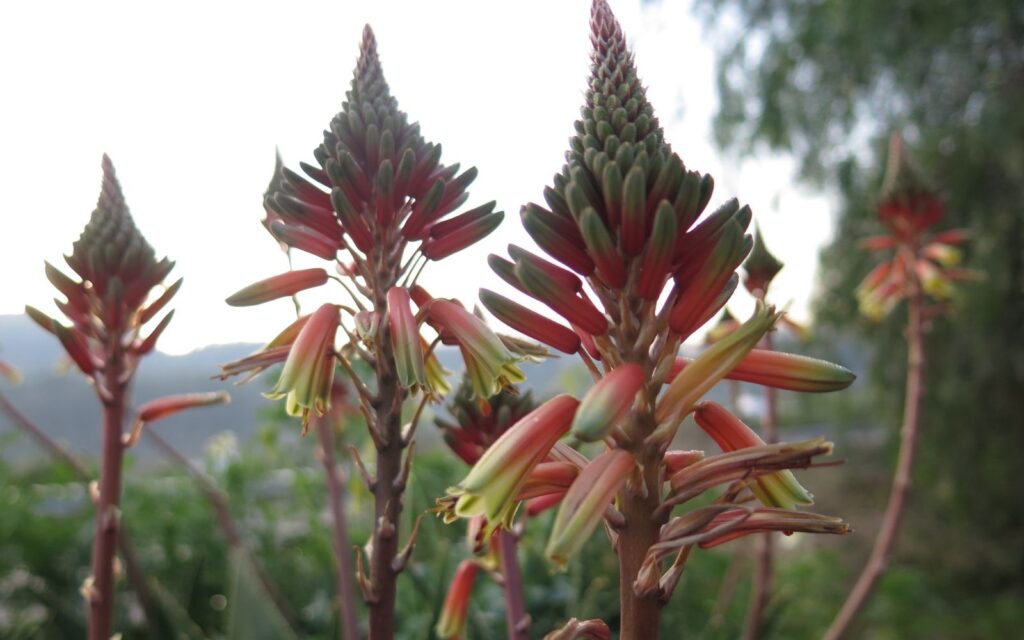
How to make an aloe vera flower?
Mature aloe vera flowers in late winter to early spring with tall yellow or red tubular flowers, also known as inflorescence. These are collections of dozens of tall flower spikes.
But it isn’t easy to get aloe vera to bloom as the flowers are very sensitive to growing conditions. To help you make aloe vera flowers, follow these strategies:
- Provide your plant with an adequate amount of light during spring and summer. This is the season when it’s supposed to bloom. It’s important when you’re planting aloe vera indoors, where sometimes it becomes challenging to provide enough sunlight.
- You can place it outdoor in full sun during summer when the temperature is above 70°F (21°C). Bring it indoors if the temperature starts to drop below 60°F (16°C).
- You have to acclimatize the plant before you move it from indoor to outdoor in the direct sunlight. You can do this by placing it in a partial shade location for a week before transferring it to a full sunlight location.
- Provide balanced nutrients using a slow-release fertilizer or organic compost.
- Keep the soil moist but not overly soggy or compressed. Allow the air to reach the roots.
- Water it conservatively by allowing a dry period between each water schedule. If you’re planting it outdoor, make sure there is the drainage for the excess water.
- Keep patience as aloe takes its own time to bloom. If you’re planting it from a pup, it may take 3–4 years for the plant to mature and be ready to bloom.
Aloe vera plant care problems
Every day, as we think about caring for our plants, we run into many common problems that we can’t seem to solve. Some common issues of aloe vera houseplants are overwatering, over-fertilizing, pest problems, low light, low humidity, poor air circulation, too much light, and too much attention.
Here are some of the common problems you may encounter while growing aloe vera.
Why is my aloe plant turning brown and drooping?
When you see aloe plant-turning brown and drooping, there are three main reasons, water issues, inadequate sunlight, and pest infestation. For many, inadequate sunlight and exposure to cold temperatures cause the leaves to start turning brown.
You should bring the plant indoors if the outdoor temperature drops to freezing. If that’s not possible, try to cover it with a sheet or blanket to keep it warm. Pest infestation is another common reason for the aloe plant to turn brown.
Mites, scales, and mealybug often damage the plant. You can spray insecticidal soap or apply neem oil mixed in a soap solution to the infected area. If infestation is minimal, you can spray the plant with water and wipe it off with a soft cloth.
If you find the aloe vera leaf to be too soft and wilting, the most common culprit is overwatering or the plant it getting exposed to a colder temperature. You should reduce the watering frequency and move the plant indoors to a sunny spot.

Should you cut the brown tips off the aloe plant?
The brown tips on the aloe plant are also referred to as “knobs” or “spots.” They’re often caused by the healthy aloe vera plant being overwatered or placed in a too-warm environment.
You can safely prune the brown tips or spent flower stalk with a sanitized pruner or remove the entire leaf closer to the plant base. It helps aloe to grow a new shoot.
How to protect root rot from aloe vera?
Aloe vera root rot is a fungal disease that you can control with a fungicide. The common symptoms of aloe vera root rot are wilting, yellowing, and a general decline of the plant.
Overwatering often causes root rot. If you see the above symptoms in your plant, you can still salvage it by taking immediate action. The first step is to stop watering it anymore and remove the plant from the pot. Allow the soil to get dry while letting roots get a bit dry in the sunlight.
Inspect for any fungal growth and damage to the root. Remove any rotten or damaged root and replant it in fresh soil. To prevent this problem from happening in the future, ensure that you let the ground get completely dry between the watering schedule and plant these in pots with drainage holes.
Using a soil moisture gauge is also helpful if you’re still unsure when to water the aloe vera plant. Also, as a general rule, don’t water it more than 2–3 times in the summer and then only once during the fall or winter.

Don’t forget to share this post


